Culinary matcha guarantees the same level of quality for cooking and baking, offering a bolder flavor compared to its ceremonial counterpart. It’s more economical, harvested later, and suited for blending into your favorite recipes. You’re not limited in how much you use, so you can adjust the intensity to your liking. This versatility guarantees it won’t lose its character, whether you’re whipping up a smoothie or a batch of matcha-infused cupcakes. Loaded with antioxidants and boosting both focus and energy, culinary matcha not only elevates your dishes but also your well-being. Discovering how to select the best quality will further enhance your culinary creations.
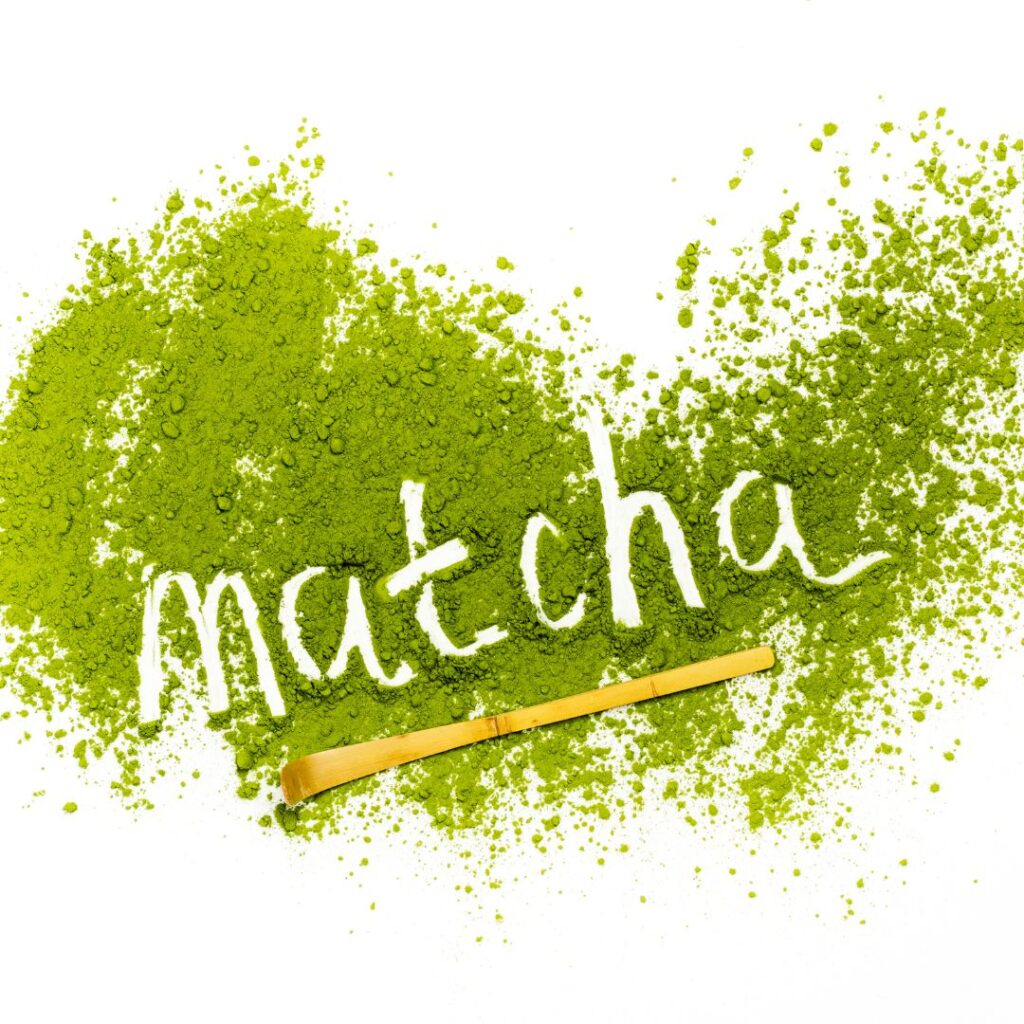
What is Culinary Grade Matcha?
Culinary grade matcha is a type of matcha specifically used in cooking and baking, distinct from the more delicate ceremonial grade. It’s more affordable and features a robust flavor profile, making it ideal for recipes where it needs to stand out, such as lattes, smoothies, and baked goods. Its bold taste ensures that it complements rather than gets overshadowed by other ingredients, enhancing a variety of culinary delights.
Understanding Matcha Grades
Delving into the world of matcha, it’s important to understand that it’s split into two main grades: ceremonial and culinary. You’re on a quest for control over your matcha experience, and knowing the difference between these two grades is your first step to mastery.
Ceremonial grade matcha is the crème de la crème, crafted for those moments you seek purity and tradition in your cup. This grade is about savoring the delicate nuances, a practice that harks back to ancient
Choosing ceremonial grade matcha means you’re selecting the youngest, most tender
 Organic Cooking Matcha (Kagoshima) 100g
Organic Cooking Matcha (Kagoshima) 100g - Enhances a wide range of recipes like smoothies, lattes, desserts, and baked goods.
- Packed with antioxidants, vitamins, and minerals, it adds potential health benefits.
- Certified organic by JAS, ensuring no pesticides, chemicals, or GMOs.
- Reflects the rich tea culture of Kagoshima, Japan, for an authentic matcha flavor.
- Adds a vibrant and inviting color to dishes and drinks.
- Its distinct taste may not suit all palates or recipes.
- High-quality organic matcha can be relatively more expensive compared to regular tea.
Health Benefits of Matcha
Beyond its vibrant hue and distinctive taste, matcha offers a plethora of health benefits that can enhance your well-being. You might already know that matcha is packed with antioxidants, but it’s the quality and quantity that set it apart. These powerful compounds fight against free radicals in your body, reducing cell damage and promoting overall health. Additionally, matcha is a unique source of catechins, a type of antioxidant not found in other foods, giving you a distinct advantage in your health regime.
Another significant benefit you’ll appreciate is the way matcha boosts your metabolic rate. If you’re aiming to control your weight, incorporating matcha into your diet can help accelerate fat burning, making your fitness goals more attainable. Furthermore, matcha’s combination of caffeine and L-theanine supports enhanced focus and energy levels without the jittery side effects commonly associated with coffee. This means you can stay on top of your game, mentally and physically, without compromising your calm.
Embracing matcha isn’t just about enjoying a trendy beverage; it’s a step towards taking control of your health and vitality. Its natural properties offer a holistic approach to well-being, aligning with your desire for a balanced lifestyle.
Culinary Vs. Ceremonial Matcha
Understanding the health benefits of matcha sets the stage for exploring the differences between culinary and ceremonial grades, each offering unique advantages for your lifestyle and taste preferences. When you’re aiming for control over your culinary creations or your
Ceremonial grade matcha is the cream of the crop, intended for traditional
On the flip side, culinary grade matcha is your go-to for kitchen experiments. It’s made from leaves picked during later harvests, resulting in a bolder flavor that stands up to other ingredients in recipes. Whether you’re stirring it into a latte or mixing it into your baked goods, culinary matcha adds that distinct earthy flavor without getting lost.
Understanding these distinctions empowers you to make the right choice for your needs, ensuring that whether you’re brewing a cup or baking a cake, you’re using the best matcha for the job.
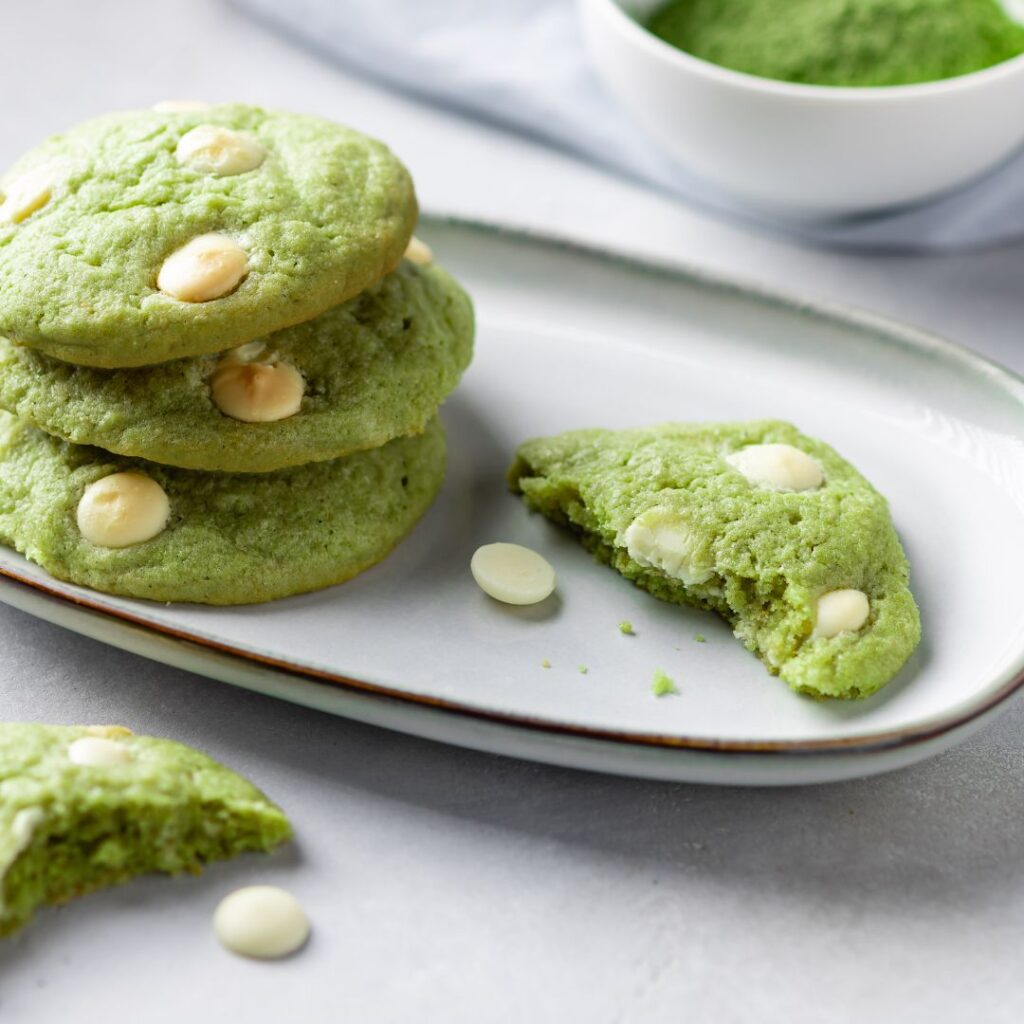
Selecting Quality Matcha
Choosing the appropriate quality of matcha can greatly enhance your tea experience or culinary creations. As you navigate the world of matcha, understanding the differences between ceremonial and culinary grades is essential. Ceremonial grade, harvested from the youngest
When selecting quality matcha, consider its color, texture, and origin. High-quality matcha should have a vibrant green color, indicating high levels of chlorophyll and a fine, smooth texture that dissolves well. The origin of the matcha also matters; authentic Japanese matcha is often of higher quality due to its traditional growing and processing methods.
Don’t compromise on quality for price. While ceremonial grade matcha tends to be more expensive, its superior flavor and health benefits justify the cost for those drinking it straight. For culinary purposes, a good culinary grade matcha can still elevate your dishes without breaking the bank. Prioritize finding a reputable source that offers transparency about their matcha’s origin and processing, ensuring you’re getting the best product for your needs.
Regional Differences
Unlike ceremonial grade matcha, which is used primarily for drinking, culinary matcha is crafted to provide a robust flavor when mixed with other ingredients. Here’s an in-depth look at the regional differences of culinary matcha:
Harvesting Period: Culinary matcha is typically made from leaves harvested later in the season. This is in contrast to ceremonial matcha, which is made from the first harvest when the leaves are most tender and have a delicate flavor.
Leaf Quality: Culinary matcha often includes parts of the
Flavor Profile: The flavor of culinary matcha is stronger and more assertive than ceremonial matcha. It’s designed to stand out in recipes, whether it’s in baked goods, smoothies, or savory dishes. The robust flavor comes from the later harvest and inclusion of more mature leaves.
Color and Texture: Culinary matcha has a less vibrant green color compared to ceremonial matcha. The texture is also tailored to mix well with other ingredients in recipes, ensuring that it blends smoothly without clumping.
Regional Variations: The quality of culinary matcha can vary significantly depending on where it’s grown. Factors such as climate, soil, and farming practices in different regions affect the taste, color, and aroma of the matcha powder. For instance, matcha from Uji, Japan, is renowned for its quality due to the region’s optimal growing conditions and traditional farming methods.
Usage in Cuisine: In Japan, culinary matcha is widely used in traditional sweets like mochi and wagashi, as well as modern creations like matcha lattes and ice cream. Outside of Japan, culinary matcha has been embraced by chefs and home cooks alike for its unique flavor and health benefits, finding its way into a variety of dishes.
In summary, culinary matcha is a versatile ingredient that varies by region and is designed to impart a distinct matcha flavor to a wide range of dishes. Its robustness and ability to blend well with other ingredients make it a favorite in both traditional and modern culinary practices.
Can You Drink Culinary Matcha
While selecting the right grade of matcha is important for
Culinary matcha, with its bolder flavor, stands up well to other ingredients in blended drinks. You don’t need to worry about its stronger taste overpowering your creations; instead, it’ll enhance them. If you’re looking for a cost-effective way to enjoy matcha daily, culinary grade is your go-to. It offers the flexibility to experiment with various recipes without breaking the bank.
Tips for Storage and Shelf Life
To safeguard its freshness and flavor, opt for an airtight container crafted from opaque materials like tin or ceramic, shielding it from air, moisture, and light. Find a cool, dark sanctuary in your kitchen—a cupboard or pantry—away from direct sunlight and heat sources, where your matcha can thrive undisturbed. Banish moisture by ensuring both container and environment are bone dry, avoiding humid areas like near sinks or stoves. Should you choose refrigeration to prolong shelf life, employ a tightly sealed container and allow your matcha to reach room temperature before unsealing to prevent condensation. Matcha’s delicate nature warrants prompt consumption for optimal flavor and health benefits; while ceremonial grade matcha lasts 6-12 months, culinary grade can extend to 12-18 months. Prioritize brands offering transparency in expiration dates and harvest information, ensuring a matcha experience worthy of acclaim. For the freshest matcha, grind whole
Matcha Usage Ideas and Recipes
1. Matcha Latte:
- Start your day with a creamy and indulgent matcha latte. Whisk culinary matcha powder with warm milk (dairy or non-dairy) until frothy, sweeten to taste with honey or maple syrup, and enjoy a comforting beverage with a subtle caffeine boost.
2. Matcha Smoothie Bowl:
- Energize your mornings with a vibrant matcha smoothie bowl packed with nutrients. Blend together frozen bananas, spinach, avocado, almond milk, and a scoop of culinary matcha for a refreshing and nourishing breakfast option. Top with fresh fruit, granola, and nuts for added texture and flavor.
3. Matcha Chia Pudding:
- Whip up a nutritious and satisfying matcha chia pudding for a guilt-free dessert or snack. Combine chia seeds, culinary matcha powder, coconut milk, and a touch of sweetener in a jar, refrigerate overnight, and wake up to a creamy and antioxidant-rich treat.
4. Matcha Pancakes:
- Elevate your weekend brunch game with fluffy and flavorful matcha pancakes. Simply add culinary matcha powder to your favorite pancake batter recipe for a vibrant green hue and a subtle earthy flavor. Serve with fresh berries and a drizzle of maple syrup for a delightful morning indulgence.
5. Matcha Energy Bites:
- Fuel your on-the-go lifestyle with homemade matcha energy bites packed with protein and antioxidants. Blend together rolled oats, almond butter, honey, culinary matcha powder, and your favorite mix-ins such as nuts, seeds, or dried fruit. Roll into bite-sized balls and refrigerate for a convenient and nutritious snack option.
6. Matcha Ice Cream:
- Beat the heat with a refreshing and decadent homemade matcha ice cream. Whisk culinary matcha powder into a custard base of cream, milk, sugar, and egg yolks, then churn in an ice cream maker until creamy and smooth. Enjoy scoops of creamy matcha goodness on a hot summer day.
7. Matcha Salad Dressing:
- Add a touch of sophistication to your salads with a homemade matcha salad dressing. Whisk together culinary matcha powder with olive oil, lemon juice, honey, Dijon mustard, and salt for a vibrant and flavorful dressing that pairs beautifully with mixed greens, avocado, and grilled vegetables.
8. Matcha Baked Goods:
- Infuse your baked goods with the unique flavor and vibrant color of matcha. Add culinary matcha powder to your favorite recipes for cookies, cakes, muffins, and scones to impart a subtle earthy taste and a striking green hue. Experiment with different flavor combinations and textures to create irresistible treats for any occasion.
By incorporating culinary matcha into a variety of dishes and drinks, you can unleash your creativity in the kitchen and elevate your culinary repertoire. Whether you’re craving a comforting beverage, a nourishing breakfast, a satisfying snack, or a decadent dessert, culinary matcha offers endless possibilities for delicious and nutritious creations. Experiment with these ideas and recipes to discover the versatility and magic of matcha in your culinary adventures.
Conclusion
Now that you’re well-informed on culinary matcha, it’s time to commence your green culinary journey. Remember, not all matcha is created equal.
Immerse yourself in the world of culinary matcha for its richer flavor in your recipes, but don’t hesitate to indulge in sipping it too.
Whether you’re creating a culinary masterpiece in the kitchen or savoring a vibrant latte, choosing the right grade will reveal the full potential of this versatile ingredient.
Happy cooking, and relish the matcha magic in every bite and sip!


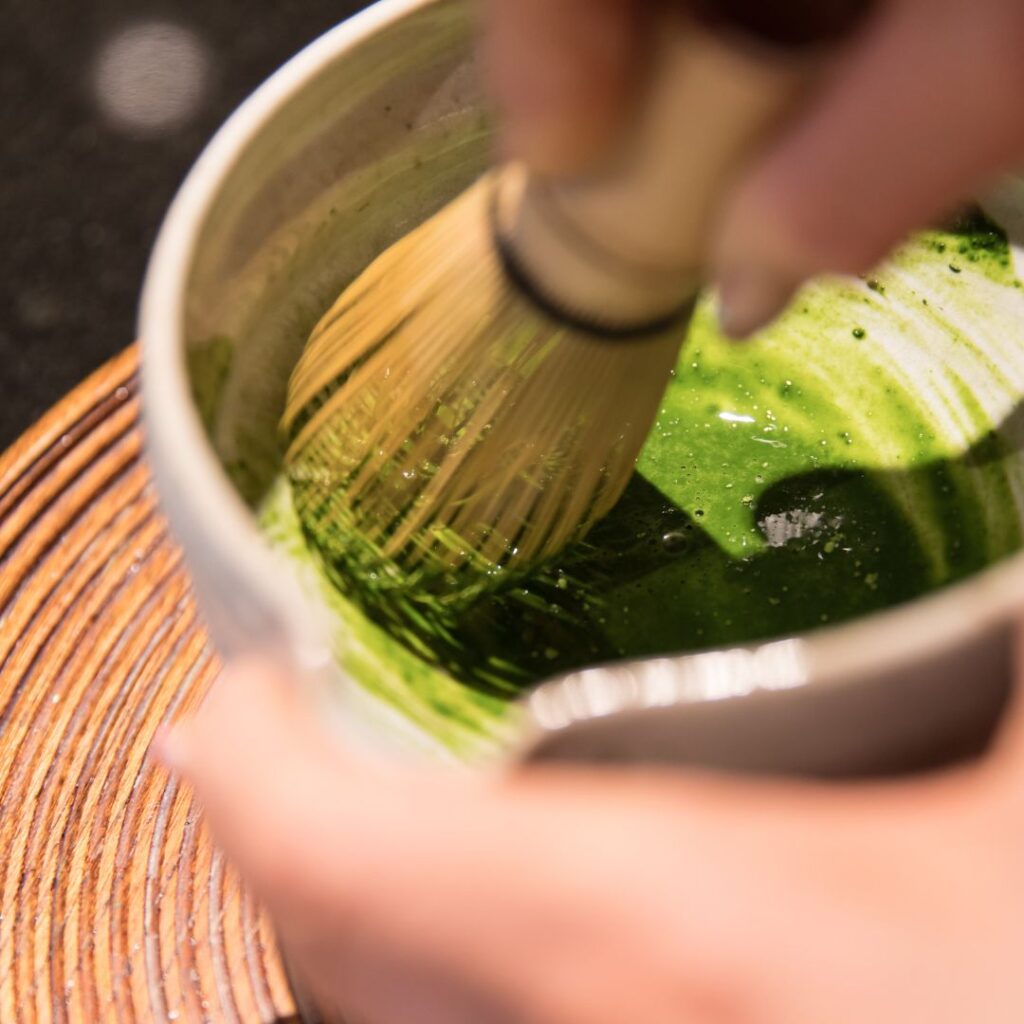


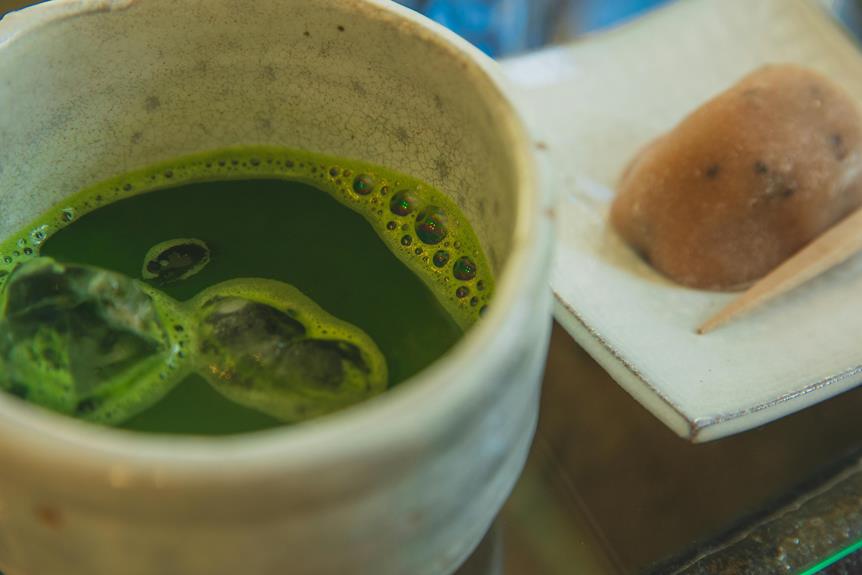
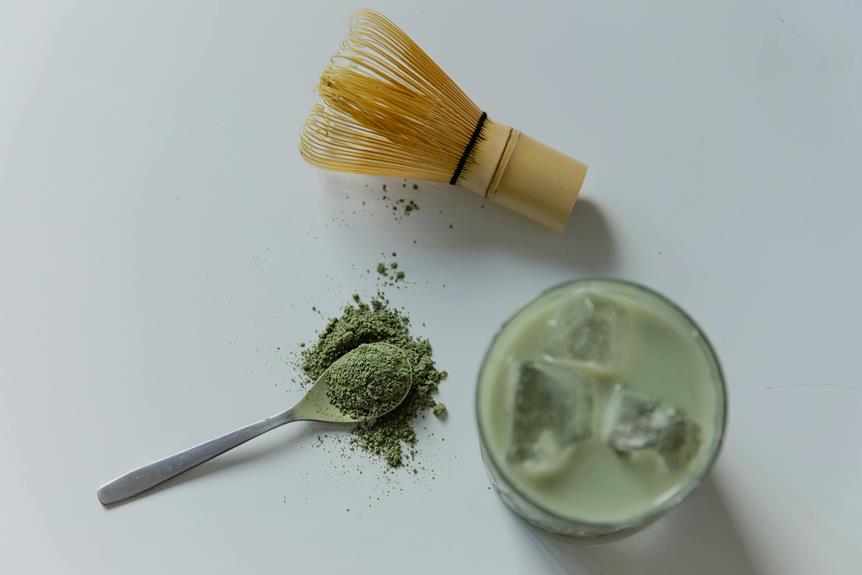

Konnichiwa! (Hello!) I'm Pat Tokuyama, a Japanese tofu cookbook author, who travels for music, food, and adventure. If you like Japanese tea, checkout some of the newestorganic japanese tea, matcha bowls and noren and more!
** Curious about the Plant Based Japanese Cooking Club? ** Learn more here!